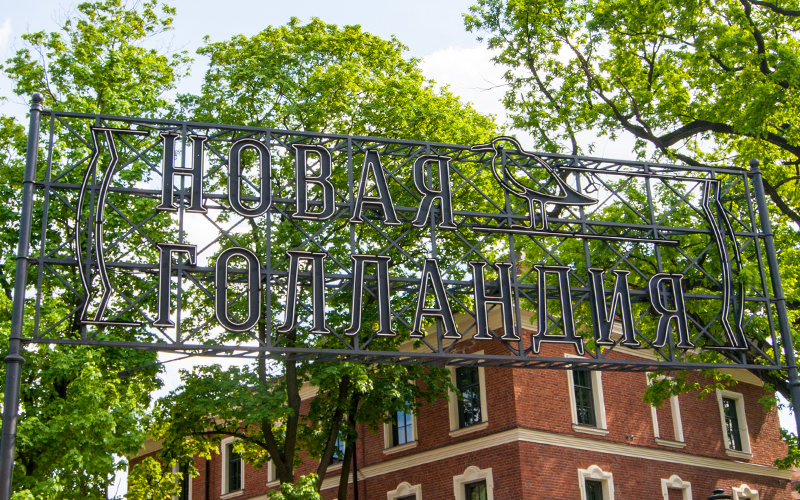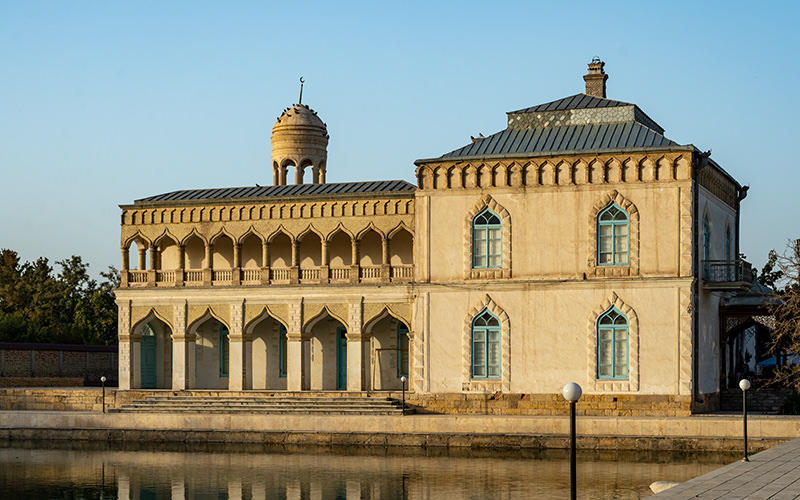Friends, just a week ago I told you about the unusual "Moscow houses" in Tashkent. This complex became a gift to the city from Moscow after several earthquakes. The most destructive of them is considered the Tashkent earthquake of 1966. Today, on the 58th anniversary of this tragedy, I want to tell you more about it.
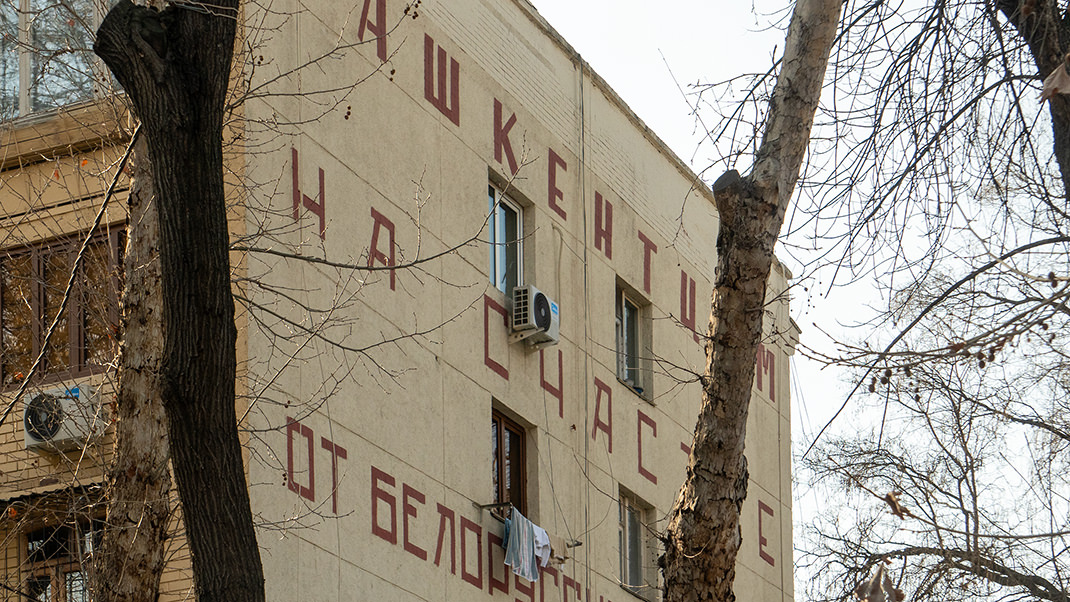
A Bit of History
The earthquake, with a magnitude of about eight, occurred on April 26 at 5:22 a.m. The most significant damage occurred to many buildings in an area of ten square kilometers. 236 administrative buildings were destroyed, along with about 700 trading facilities, 181 educational and 185 medical institutions. More than 300,000 residents lost their homes.
During the earthquake, only eight fatal cases were recorded in the city, with 150 people hospitalized. However, it is written on the internet that this natural disaster had indirect consequences: many residents were hospitalized due to aftershocks, which continued for two years.
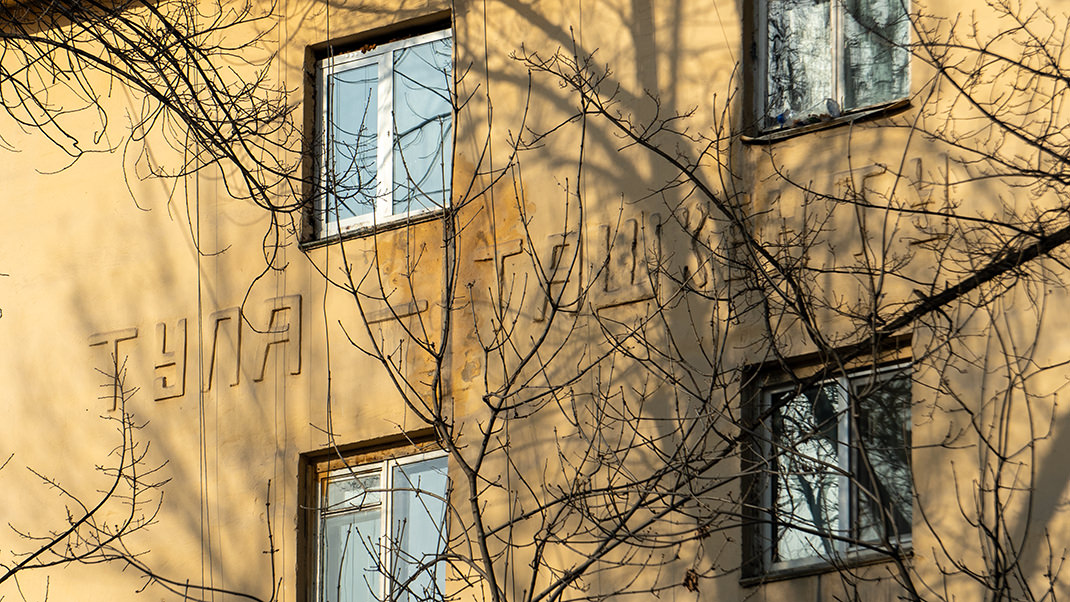
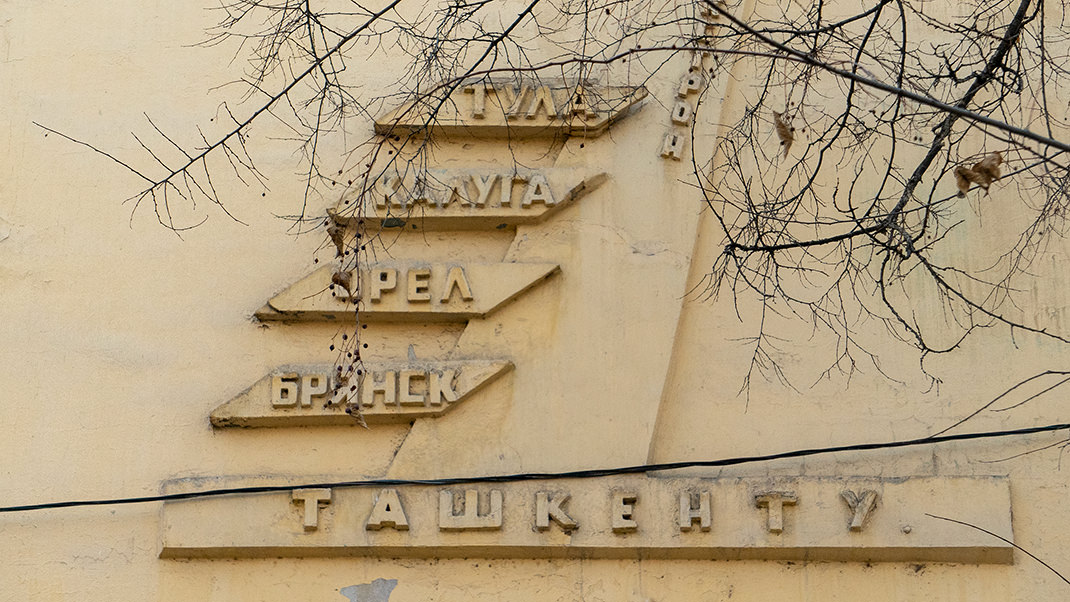
Immediately after the earthquake, large-scale restoration work began in the city, with builders from all over the Soviet Union participating. Trains arrived in Tashkent loaded with medicines, building materials, food, and equipment. While preparing this article, I came across an amazing story: in one of the wagons of such "construction trains," parts of a prefabricated single-story house arrived in Tashkent as a gift from a resident of Sevastopol, along with her daughter.
The elimination of the consequences of the earthquake took about three and a half years. During this time, new quarters appeared in Tashkent, and even a satellite city was formed. Work was carried out throughout the city, but for me, the earthquake story is often associated with the Chilanzar district of Tashkent. At that time, a large-scale construction project began here, involving craftsmen from many Soviet republics. Reminders of this can still be found on the facades of buildings today.
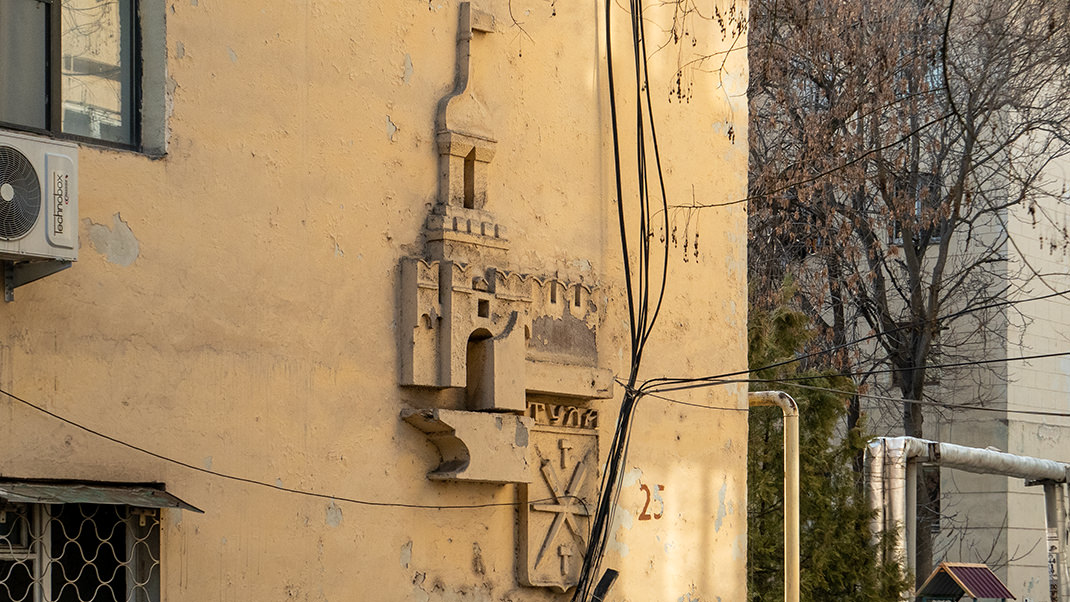
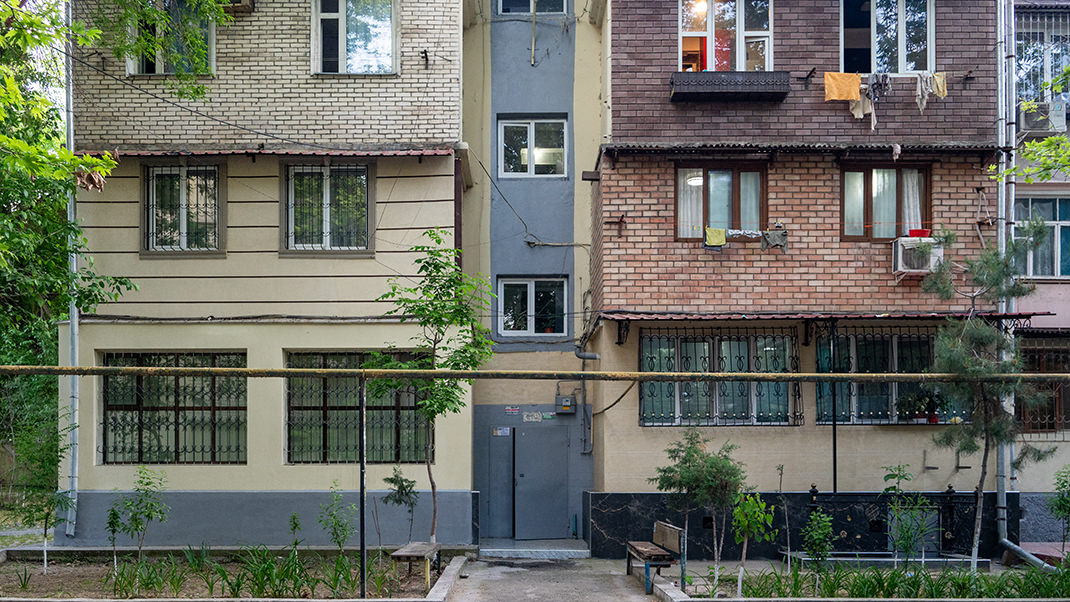
In December 1980, another eight-magnitude earthquake occurred 11 kilometers from the center of Tashkent, but the buildings constructed after the first tragedy withstood this test. According to local residents, old houses are still valued by the townspeople today: many prefer earthquake-resistant buildings according to Soviet projects over modern new buildings.
Memorial Complex "Courage"
The events of 1966 are also commemorated by the memorial complex "Courage," which is located in the central part of the city. I read that the attraction is located in the epicenter of that earthquake.
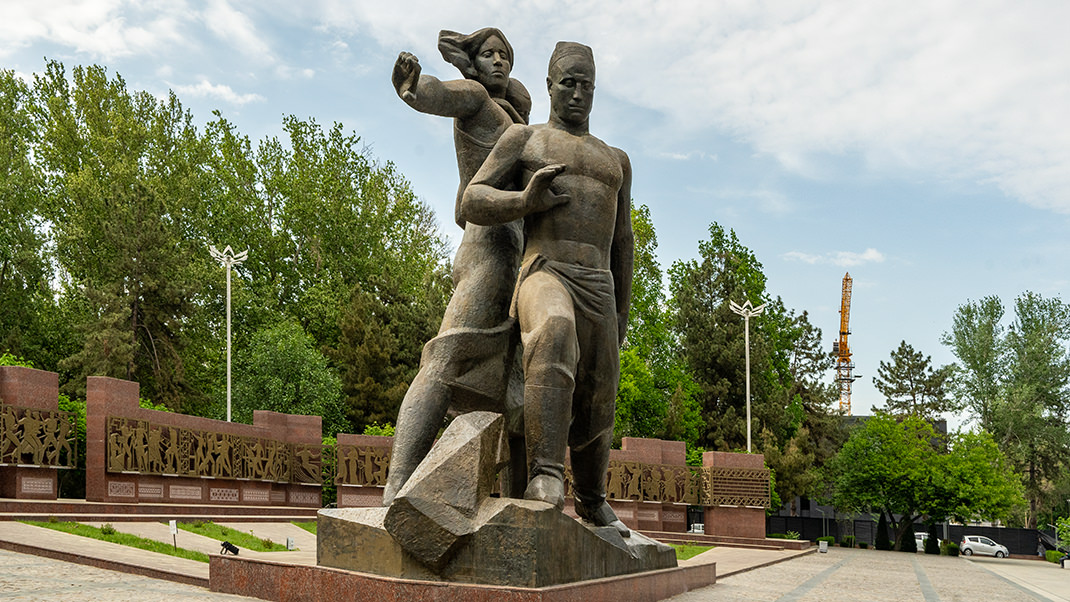
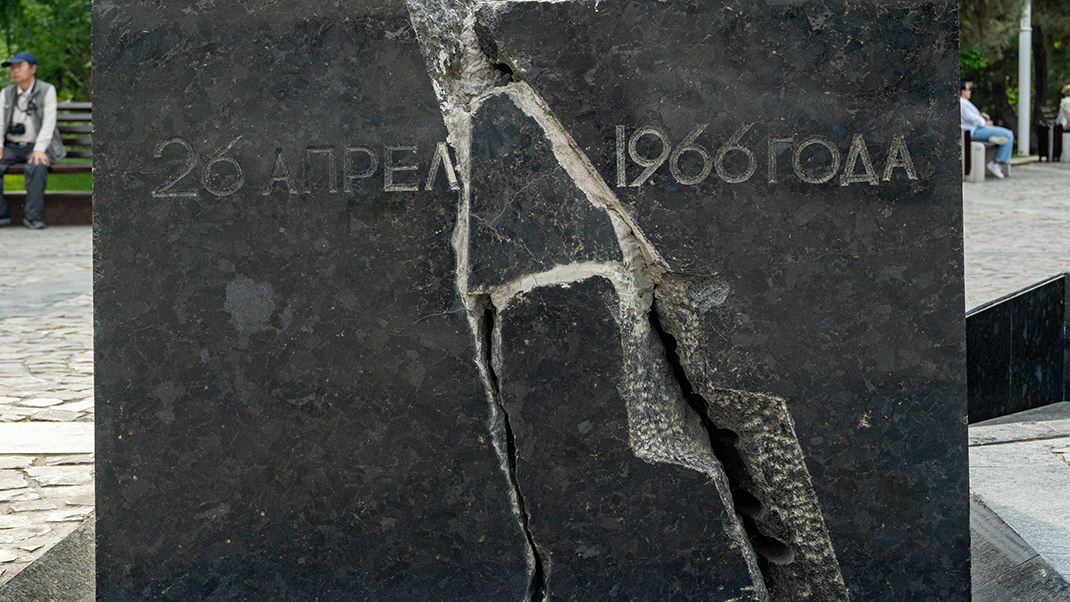
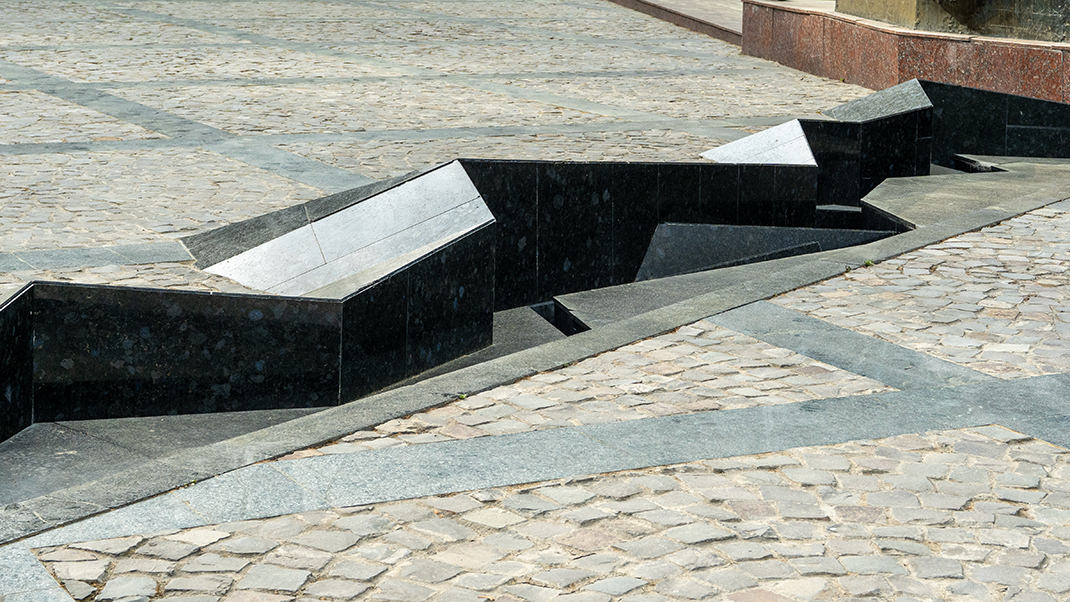
The complex consists of a monument with figures of a Tashkent family. Nearby is a split cube made of labradorite. One side indicates the date of the earthquake, and the other side shows the time. On the steles in the northwest part of the complex, there are images depicting scenes of the city's restoration.
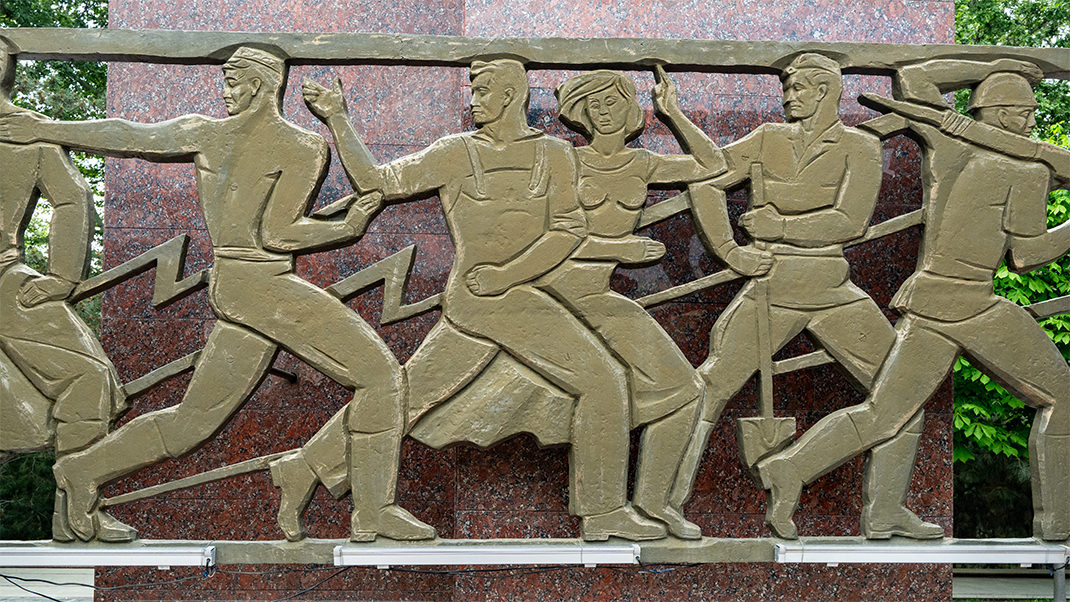
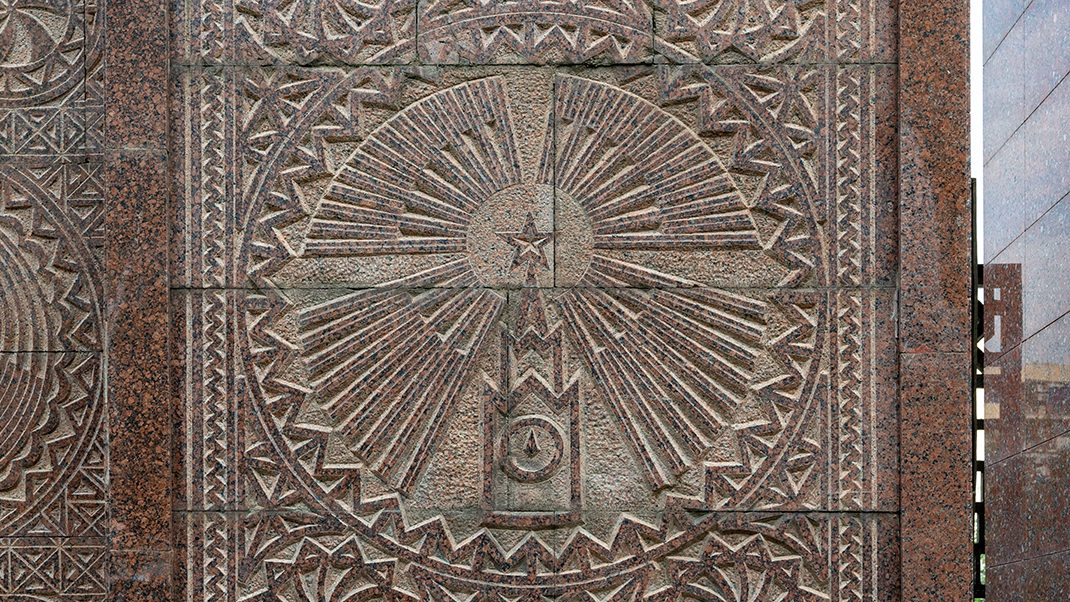
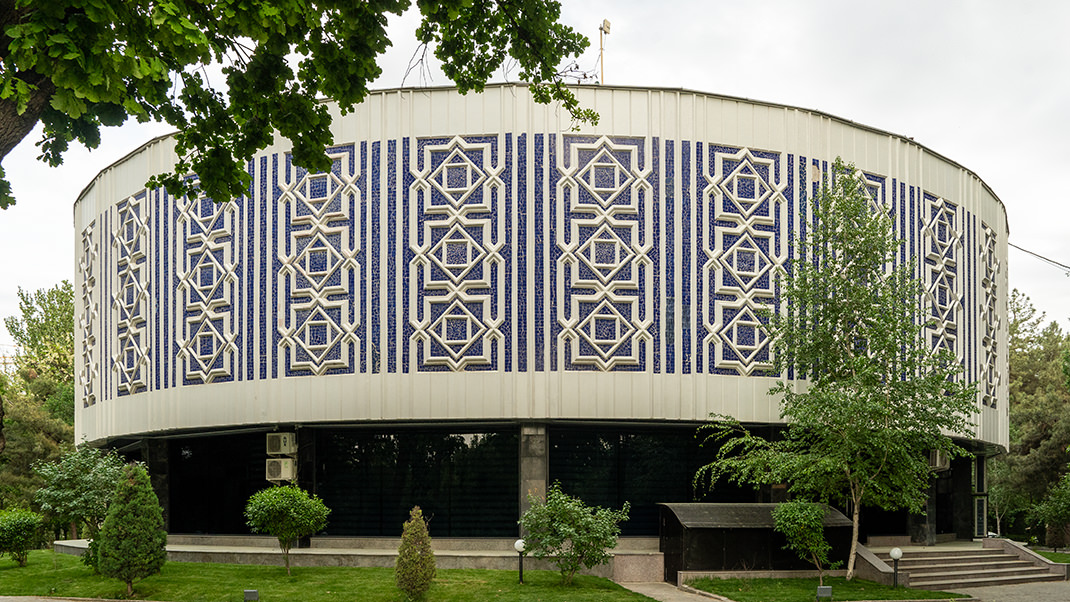
In the past, the complex included the building of the Museum of Friendship of Peoples of the USSR, which opened in 1976. Now, the exhibition space houses the Museum of Olympic Glory.
The "Courage" monument is located near many interesting sights of Tashkent: the Gallery of Fine Arts, the palace of Prince Romanov, and the Museum of the History of Uzbekistan.
Have a nice trip!



